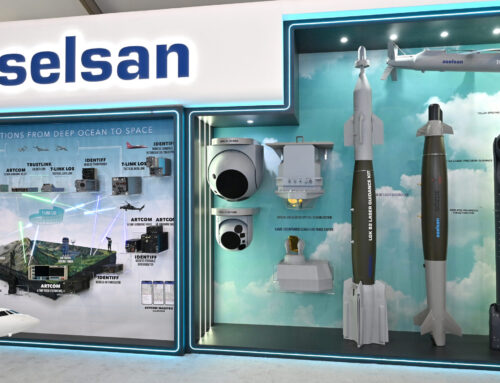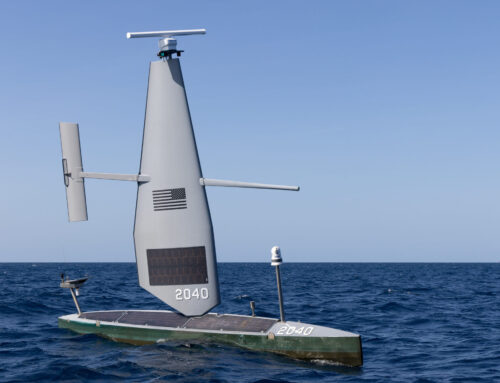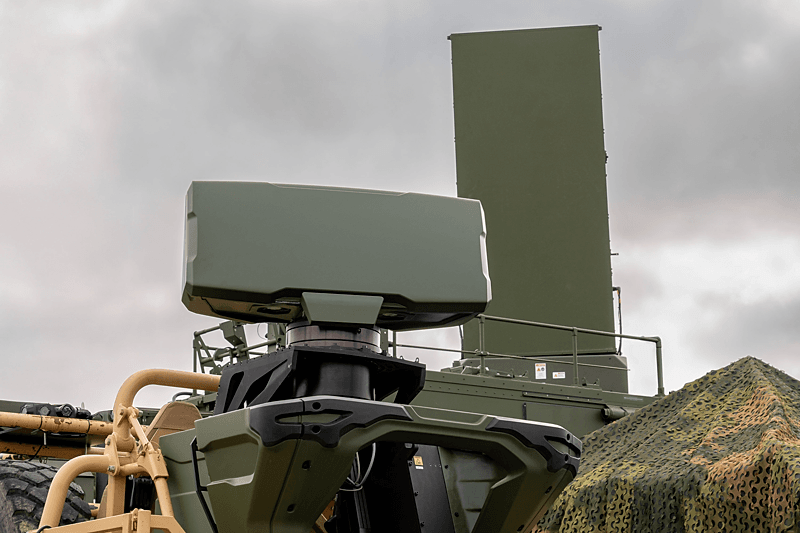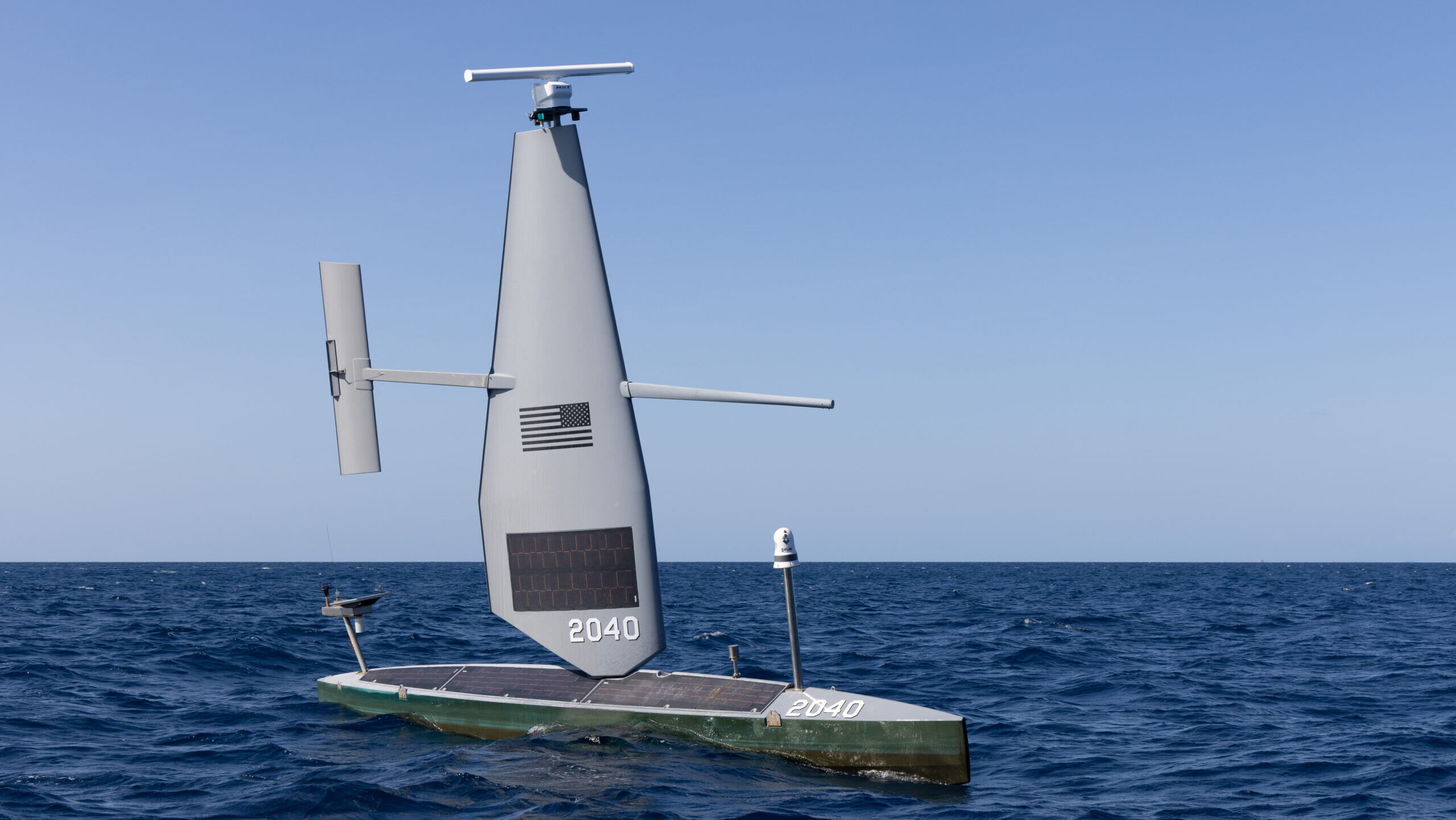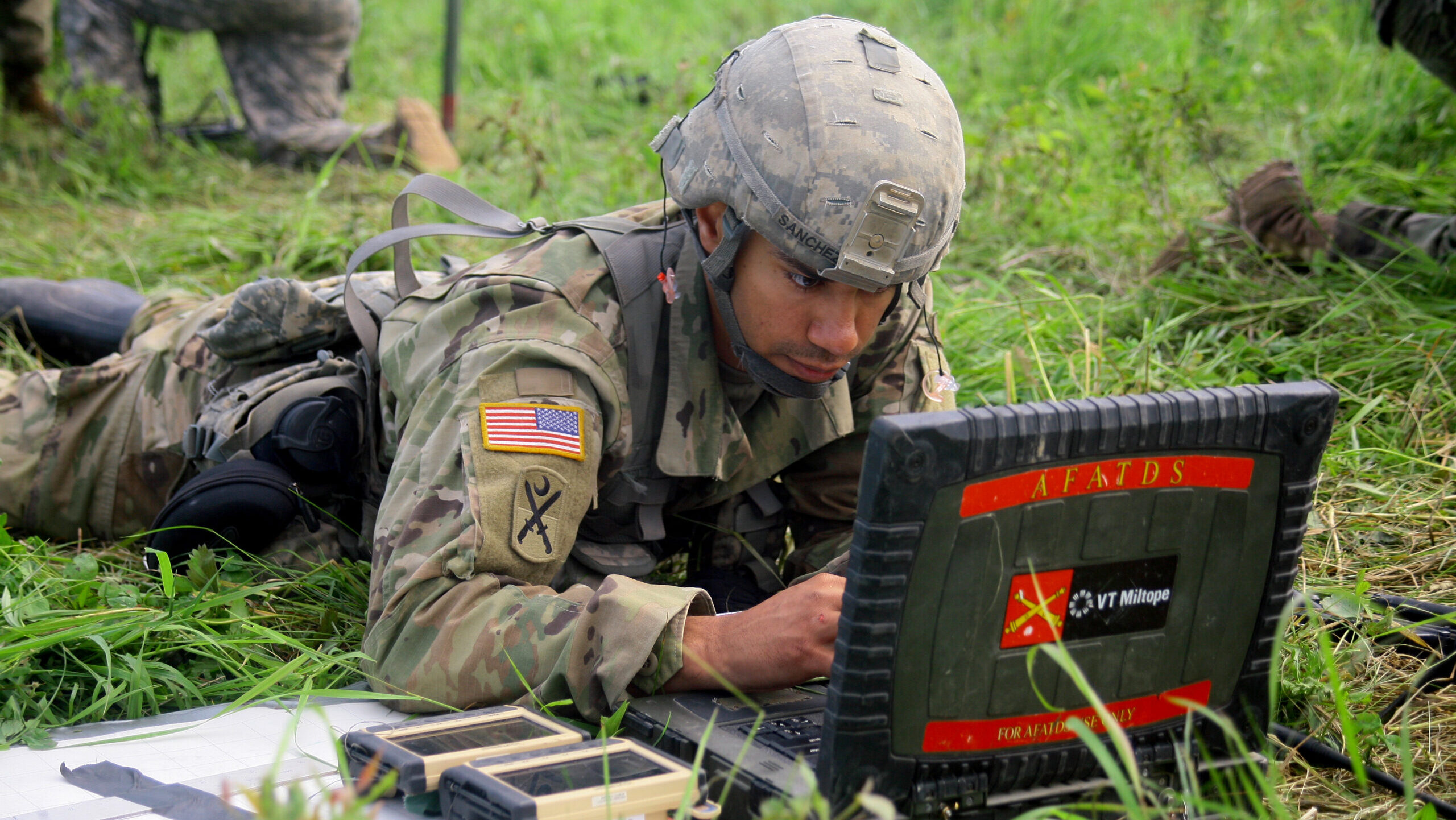A US Marine Corps UH-1Y Venom helicopter assigned to Marine Aviation Weapons and Tactics Squadron One proceeds to a refueling station during the Weapons and Tactics Instructor Course 2-24 at Marine Corps Air Station Yuma, Ariz., April 4, 2024. (Alaska National Guard photo by Alejandro Peña)
This is the latest in a series of regular columns by Robbin Laird, where he will tackle current defense issues through the lens of more than 45 years of defense expertise in both the US and abroad. The goal of these columns: to look back at how questions and perspectives of the past should inform decisions being made today.
In 1978, the US Marine Corps stood up MAWTS-1, the Marine Aviation Weapons and Tactics Squadron One, at Marine Corps Air Station Yuma. The goal: to train the trainers to go to USMC squadrons to enhance the ability of Marines to fight as an integrated Marine Corps.
It may not be the more eye-grabbing squadron in the Corps to an outsider, but its importance can’t be understated. As Lt. Gen. (Retired) Steve Rudder told me in an interview last year, “MAWTS-1 provides the only opportunity for future tactical and operational junior leaders to come together and expose them to how the Marine Corps fights as an integrated MAGTF and not as separate communities.”
Want proof of how your favorite Marine leader feels about the organization? On May 3, I attended the change of command as part of the wrap up of my recently published book with Ed Timperlake, entitled MAWTS-1: An Incubator for Military Transformation. There was a plethora of three three-star Marine Corps generals in attendance, which is, to say the least, rather unusual for a squadron change of command ceremony.
The squadron hosts two Weapons and Training Instructor Courses (WTIs) a year. Each WTI is seven-weeks long, running those who will train other Marine Corps units through an increasingly stressful series of scenarios in the stress of operational real-world training, not simply in war games. They are engaged in what Rudder referred to as the “physics of combat.”
Currently, the WTIs are focused on the new tasks which the Marines are highlighting, notably working with the US Navy in terms of maritime strike. Col. Eric Purcell, the CO of MAWTS-1 from May 2022 to May 2024, said the unit went from starting the effort with little involvement of the Navy, to the latest FINEX (the integrated force exercise at the end of a WTI) where the Navy fully participated, and the Marines were able to work a complex strike mission in support of the maritime force.
During that exercise, Purcell said, they practiced everything down to rapidly recovering any personnel downed in a maritime assault mission with the use of an Osprey, as well as operating CH-53Es and UH-60s from the Alaska National Guard. There was also a complex combined arms assault to seize an enemy airfield against Red Air and ground forces, the insertion of a ground combat element to seize the airfield.
In an interview we did with Maj. Gen (Retired) Raymond Fox, he noted that when he took over as the CO of MAWTS-1 (November 2002-2004) just prior to Iraqi Freedom in 2003, the squadron ended up going to the operation and then coming back and working on operational lessons which were then transferred to the active force in Iraq.
Added Fox: “The CO of MAWTS controls, the red, the blue and the white — the whole battlefield. This allows for very innovative scenarios and training for the students. And the WTI instructors and the students in the FINEX get to experience first-hand what combat integration and adversary efforts to break up an integrated force is all about.”
The challenge being met by the MAWTS-1 approach is, in Rudder’s words, “We need to avoid smoke and mirrors. The talking points from a wargame or ideas from force design planners may sound good, but it has to have an operational look. An A-plus for your ideas may equal a D for practical execution. If the concept or design does not make it through the physics of operational execution, the idea needs to be rejected or seriously modified. Giving problems and operational concepts to MAWTS is crucial to working the physics of combat in testing out new tactical approaches.”
When I first visited Yuma in 2011, I thought it seemed a strange place to do comprehensive warfighting training. But over the years, I learned the location is perfect: From Yuma, the Marines can fly North to work with the Navy’s NAWDC or the Air Force’s Nellis training commands. They can fly East and do complex air-ground insertions. And they can fly West to San Clemente Island and work with the Navy on maritime exercises, which they are increasingly doing. (Plus, the local population is highly supportive of the Marine presence.)
On the day before the ceremony, I had the chance to sit down and interview two of the first commanding officers, Lt. Col. Howard DeCastro (June 1978-1980) and Lt. Gen. Barry Knutson (May 1992-June 1994). In the afternoon, I was able to interview Purcell, the outgoing CO, and his successor, Col. Joshua Smith.
What was amazing about the two sets of interviews is how connected in time they were. Both the older leaders of MAWTS focused on the approach they built towards combat innovation, inserting technology into CONOPS rather than having technology existing outside of the organizational changes needed to use relevant technologies. It was the warfighters driving innovation in terms of real warfighting improvements, rather than some contractor or acquisition official pushing technology down their throats. Then two hours later, I had the same conversation with Purcell and Smith. It was about technology that did not exist at the time when DeCastro and Knutson were in charge, but it was the same mentality and same drive for combat excellence which we discussed.
And I would conclude with just one thought — don’t change the course. The drive for warfighting excellence in the operating force is not nice to have, it is what we need if our country is to continue to field a warfighting force respected by the world, by both allies and adversaries. I am not a Marine, but it is hard to not listen to the USMC hymn at the ceremony and not say Semper Fidelis.




